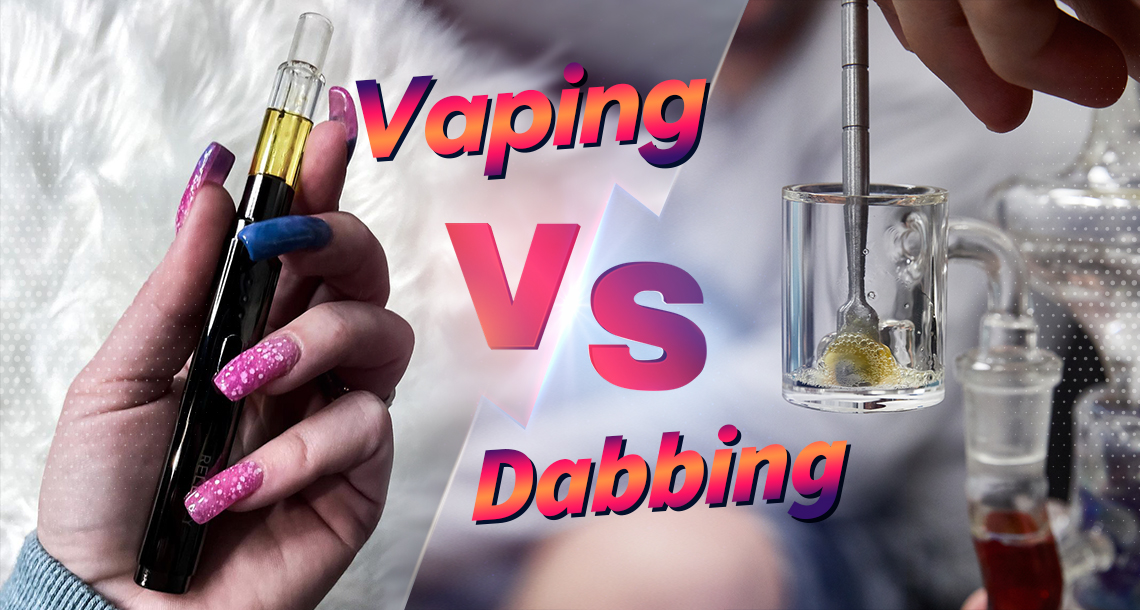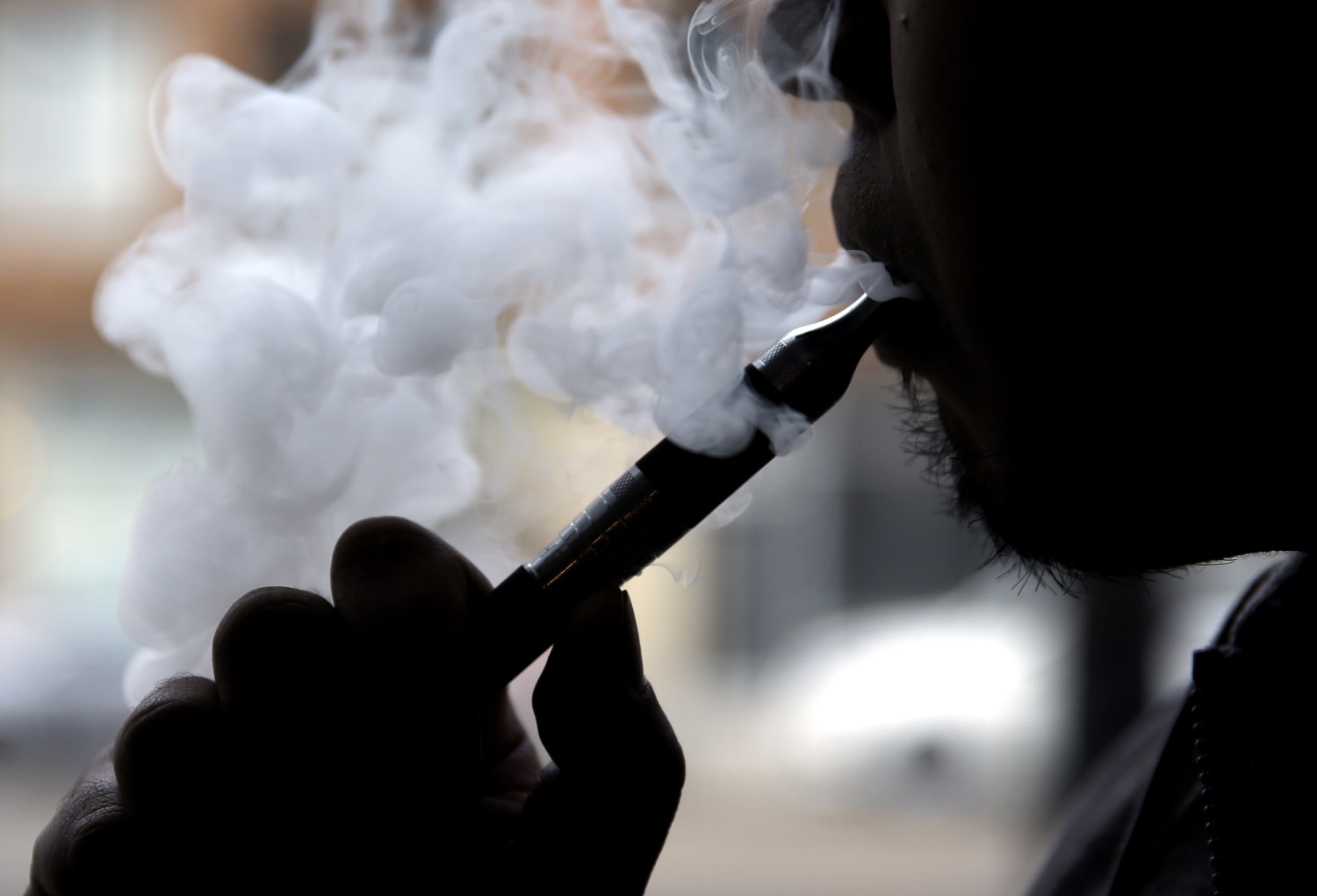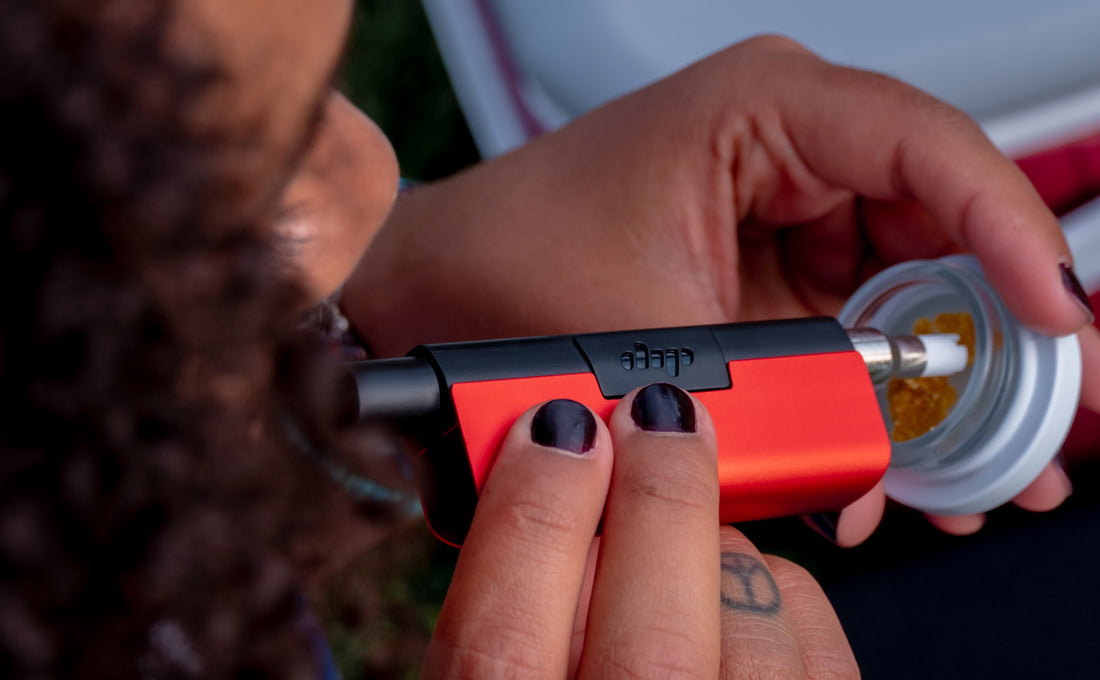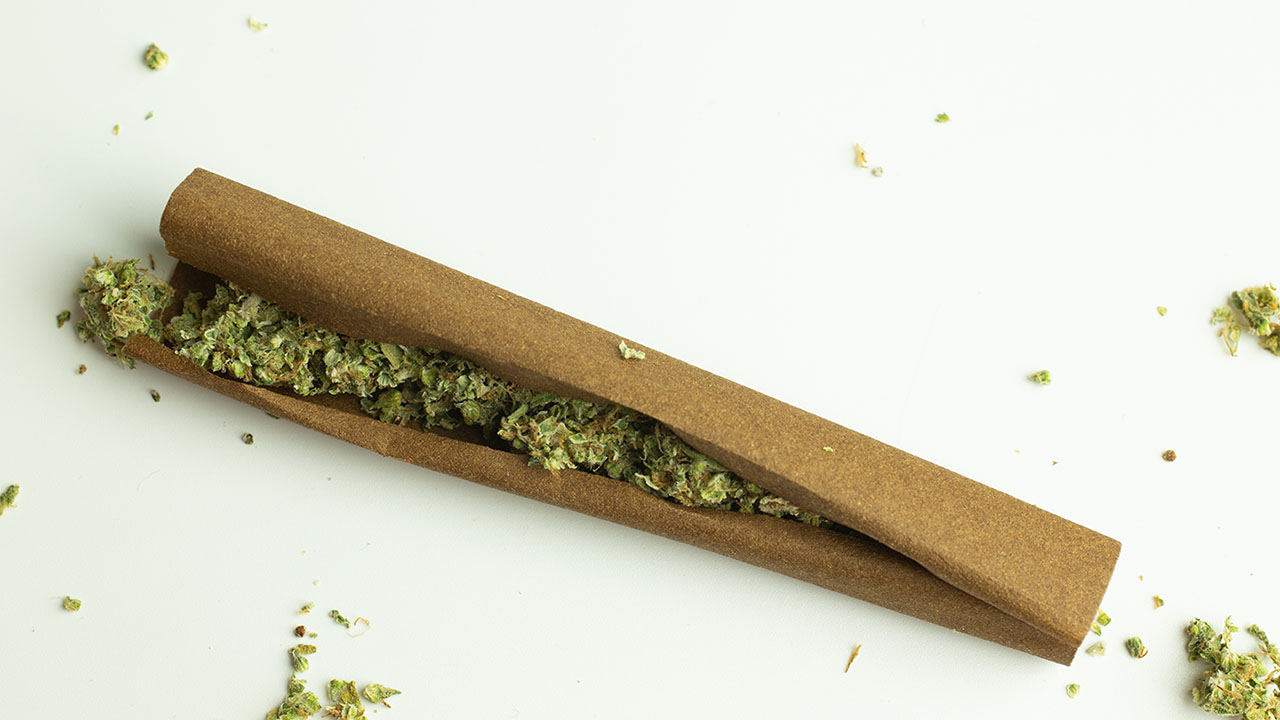Confused about cannabis consumption methods? Dabbing and vaping seem similar, but they offer distinct experiences. I want to help clear things up for you.
Dabbing involves flash-vaporizing cannabis concentrates on a hot surface (nail). Vaping heats cannabis oil or flower below combustion using a device like a vape pen. This leads to different flavors, intensity, and convenience levels, which we'll explore.

Both methods avoid actually burning plant material, which many people prefer over traditional smoking. That’s a big plus in my book. But how they vaporize cannabis and the feeling you get are quite different. It's worth looking closer at these differences so you can pick the method that suits you best. Let’s dive into the details to help you get the most from your cannabis experience.
Is dabbing better than vaping?
Neither is simply "better"; it depends on what you value most. Dabbing often gives stronger effects and purer flavors from concentrates. Vaping offers more convenience, portability, and sometimes smoother hits, especially with quality pre-filled cartridges.

Let's break this down further. When I think about flavor, dabbing often wins for purity. You're using concentrates like wax, shatter, or rosin, which are packed with terpenes – the compounds that give cannabis its unique smell and taste. Using a dab rig, especially with precise temperature control (like using an e-nail), really lets those flavors shine. Low-temperature dabs (around 157°C - 232°C) are amazing for tasting the nuances. Vaping flavor depends a lot on the oil in the cartridge and the device itself. Some oils might have additives, but high-quality vape hardware, like ours at Transpring, is specifically designed to heat oil evenly and preserve the intended flavor profile. The vapor is usually smoother than dab smoke. For effects, dabs are known for being potent due to the high concentration, hitting fast and hard. Vaping allows for more controlled dosing, which some people prefer.
| Feature | Dabbing | Vaping (Oil Pens) |
|---|---|---|
| Material | Concentrates (Wax, Shatter, Rosin) | Cannabis Oil (Cartridges/Pods), sometimes Flower |
| Potency | Very High | Moderate to High |
| Flavor | Intense, Pure (esp. low temp) | Variable, Smoother, Can be very good |
| Convenience | Low (Requires rig, torch/e-nail, tools) | Very High (Portable, easy to use) |
| Discretion | Low (Visible vapor, setup) | High (Less odor, concealable) |
| Temp Range | ~157°C - 315°C | ~157°C - 221°C |
| Best For | Potent effects, intense flavor at home | Convenience, portability, discretion, control |
Ultimately, the "better" method is personal. If you prioritize maximum potency and flavor complexity at home, dabbing might be your choice. If you value ease of use, portability, and discretion above all, vaping with a reliable device is likely the way to go.
When to Use a Vape Pen?
Use a vape pen for convenience, portability, and discretion. It’s perfect for quick sessions almost anywhere, microdosing during the day, or when you prefer a less intense high compared to dabbing. They're also great for beginners.

In my experience, the biggest advantage of vape pens is how incredibly convenient they are. Devices like the sleek pens and pod systems we manufacture at Transpring slip easily into a pocket or bag. There's no complex setup like with a dab rig – you just make sure it's charged, attach a cartridge (often pre-filled), and you're ready. This makes them ideal for when you're traveling, commuting, or just want a quick, hassle-free session during a break. Discretion is another huge plus. Vaping produces significantly less odor and visible vapor compared to smoking a joint or even dabbing. This allows for use in situations where you'd rather keep your consumption private. I also find vape pens excellent for controlling dosage. You can take small, measured puffs, which is perfect if you're microdosing for therapeutic reasons or if you simply have a lower tolerance. For anyone new to cannabis, the simplicity is hard to beat – often it's just inhale-activated or requires a single button press. Plus, the variety of oils available in cartridges compatible with standard 510 batteries or specific pod systems means you can easily explore different strains and effects.
When to Use a Dab Pen?
Craving the strong hit of dabs but need something you can take with you? Dab pens, sometimes called wax pens, offer a middle ground. But when should you pick one up?
Use a dab pen when you want effects stronger than a typical oil vape pen but still need portability. It's good for using various concentrates like wax or shatter on the go, offering potentially better flavor.

Dab pens really fill a specific niche. They try to give you the best of both worlds: more portability than a full dab rig, but more punch than many standard pre-filled oil vape pens. The key difference is that you load your own concentrate (like wax, budder, shatter) directly into the pen's heating chamber or onto its coils. This gives you access to the high potency of concentrates without being tethered to a bulky rig and torch. I find this great for when I'm out but still want that strong, immediate effect that dabs provide. Because you're choosing and loading the concentrate yourself, you often get a purer, more intense flavor profile compared to some pre-filled cartridges, especially if the dab pen has some temperature control features. However, this flexibility comes with a bit more effort. You need to handle sticky concentrates and load the pen for each session or few puffs, and they generally require more frequent cleaning than a simple cartridge vape pen. Compared to a full rig, a dab pen won't offer the same level of power or precise temperature control, but it's miles ahead in portability.
Are dabs stronger than joints?
Yes, without a doubt, dabs are much stronger than joints. Dabs use cannabis concentrates that typically contain 60% to over 90% THC. The cannabis flower used in joints usually has THC levels between 15% and 30%.

The main reason for the huge difference in strength comes down to the material used. Joints contain dried cannabis flower, while dabbing uses concentrates – highly purified extracts like wax, shatter, live resin, or rosin. Think of it like comparing a beer (flower/joint) to a shot of liquor (concentrate/dab). The concentration of THC, the main psychoactive compound, is just vastly higher in dabs. A typical joint might contain half a gram to a gram of flower with maybe 20% THC. A single dab is a tiny amount, maybe the size of a grain of rice, but its THC content can easily be 70% or more. When you vaporize that dab, you inhale a massive dose of THC almost instantly. This leads to a much faster onset of effects, and the peak intensity is significantly higher than what you'd typically experience from smoking a joint. For someone new to cannabis or concentrates, the power of a dab can be quite overwhelming. Joints, on the other hand, offer a slower onset and a generally milder (though still potentially strong) experience that some find more manageable or sociable. It's a different kind of experience altogether.


